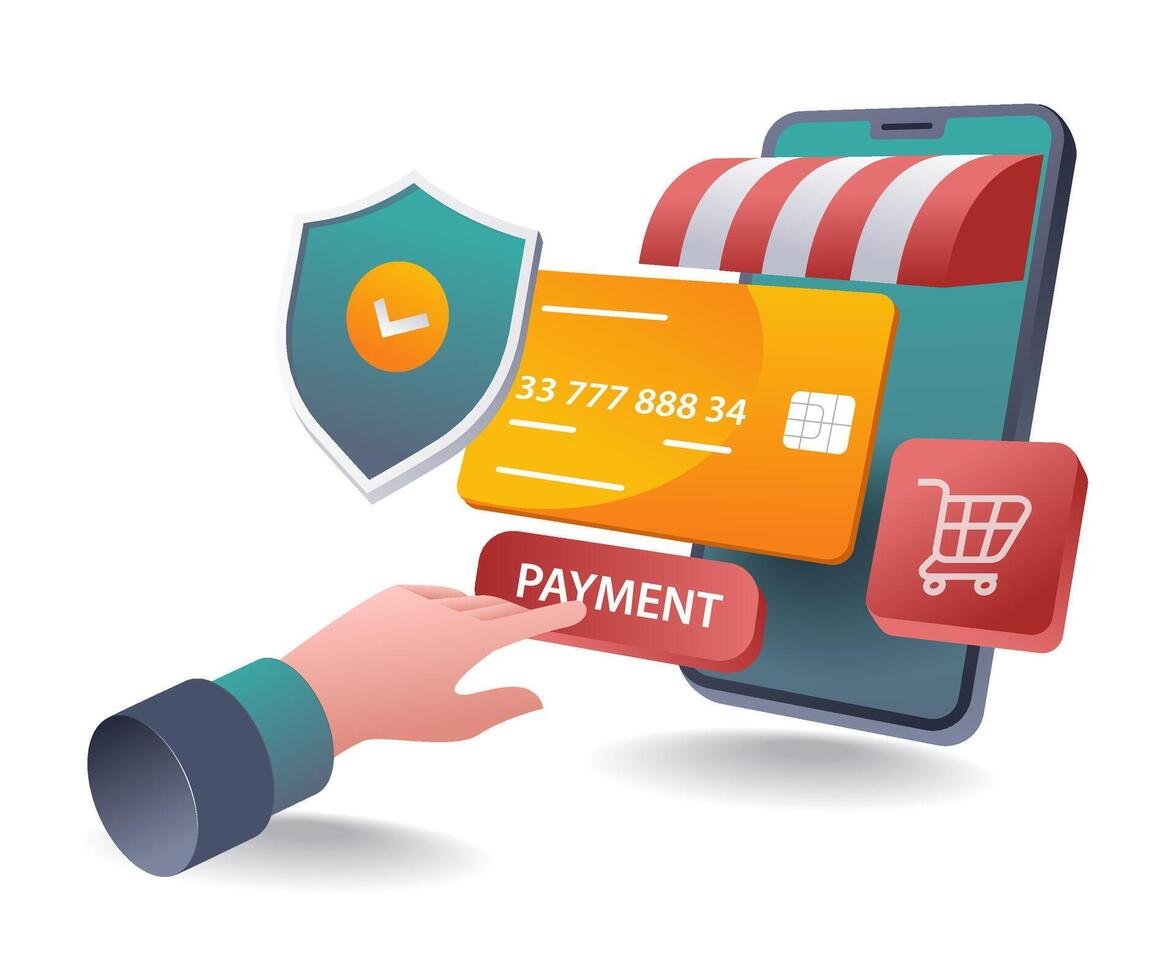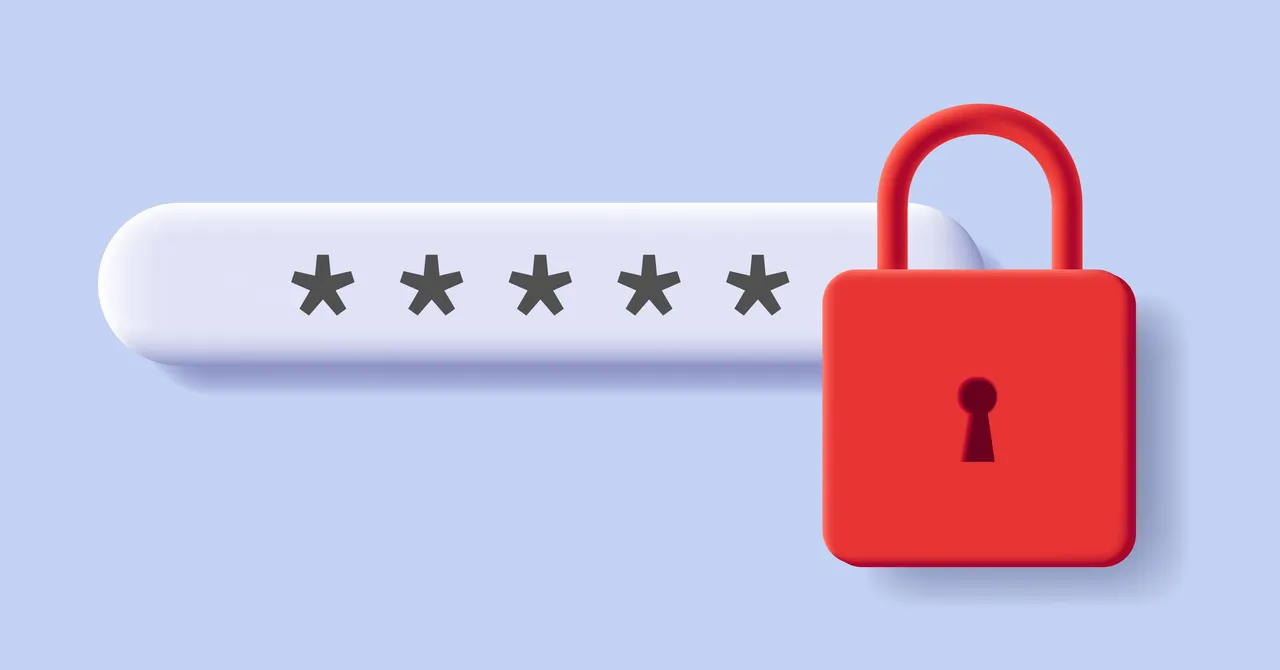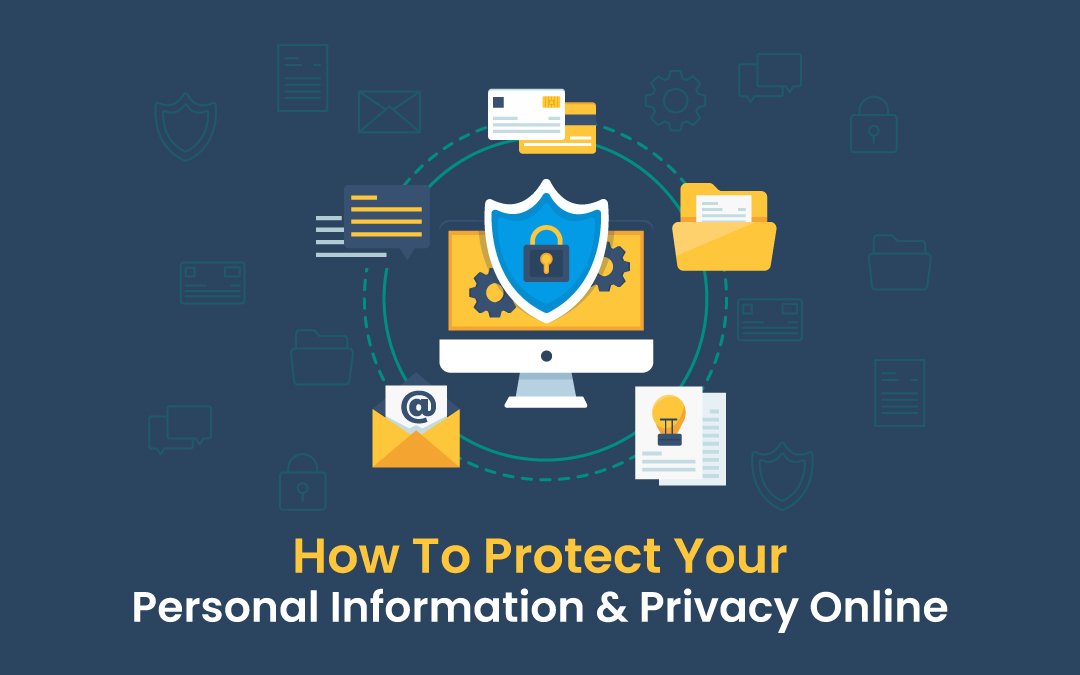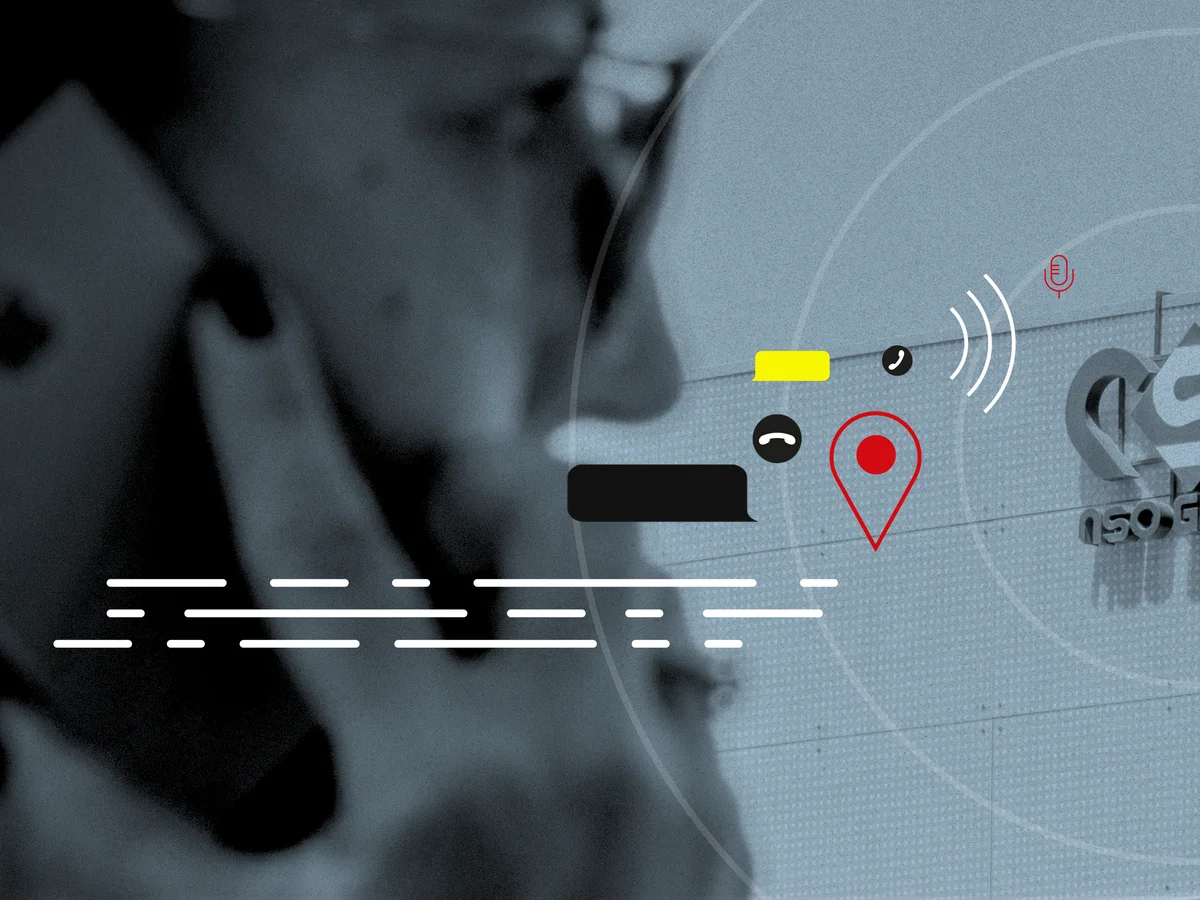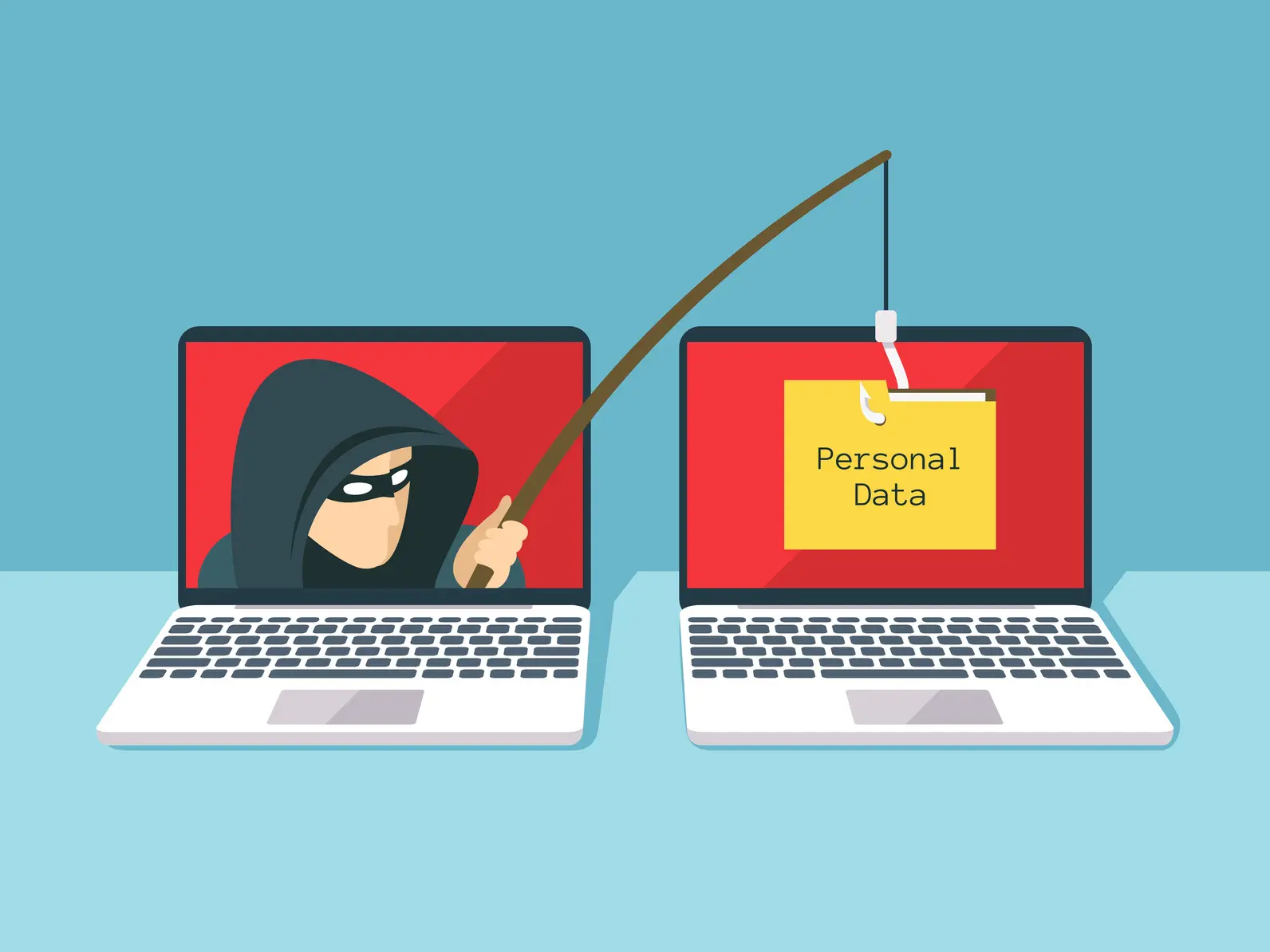Staying Safe While Shopping or Banking Online
Online convenience comes with risk. Whether you’re buying a product or transferring funds, your personal and financial data is a target.
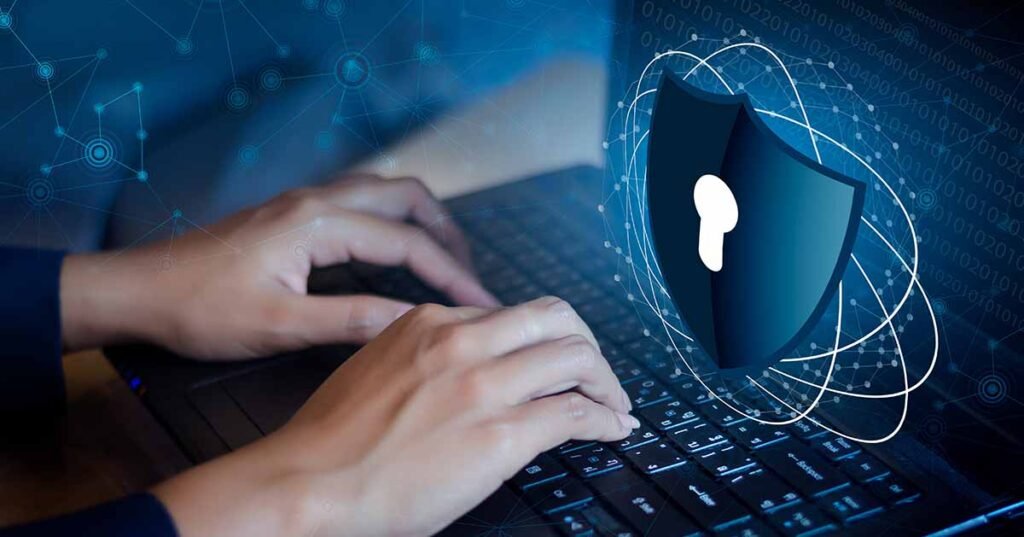
1. Use Secure Websites (HTTPS)
Always check for “https://” and a padlock icon before entering any information.
2. Avoid Public Wi-Fi for Transactions
Public networks are easy to intercept. Use mobile data or a VPN instead.
3. Enable Alerts from Your Bank
Get notified of every login, transaction, or suspicious activity in real-time.
4. Use Credit Cards or Secure Gateways (PayPal, UPI)
Credit cards offer fraud protection; UPI is fast and safe when verified.
5. Beware of Fake E-Commerce Sites
Check reviews, domain names, and contact details before buying from unknown sellers.
6. Never Save Payment Info on Shared Devices
Always log out after completing a transaction, especially on public or shared systems.
Shopping and banking online can be safe — if you stay alert and follow good practices.
Latest from technology
Why You Should Use Strong Passwords and a Password Manager
Why You Should Use Strong Passwords and a Password Manager 1. Why Weak Passwords Are Dangerous Simple passwords like “123456”…
How to Protect Your Personal Data Online
How to Protect Your Personal Data Online In the digital age, your personal data is constantly at risk — from…
Securing Your Phone from Hacking and Spy Apps
Securing Your Phone from Hacking and Spy Apps Your smartphone holds your entire digital life — messages, photos, banking, and…
Staying Safe While Shopping or Banking Online
Staying Safe While Shopping or Banking Online Online convenience comes with risk. Whether you’re buying a product or transferring funds,…
How to Spot a Phishing Email or Scam Message
How to Spot a Phishing Email or Scam Message Protect your inbox and identity with these simple tips. In today’s…

